We may earn money or products from the companies mentioned in this post. This means if you click on the link and purchase the item, I will receive a small commission at no extra cost to you ... you're just helping re-supply our family's travel fund.
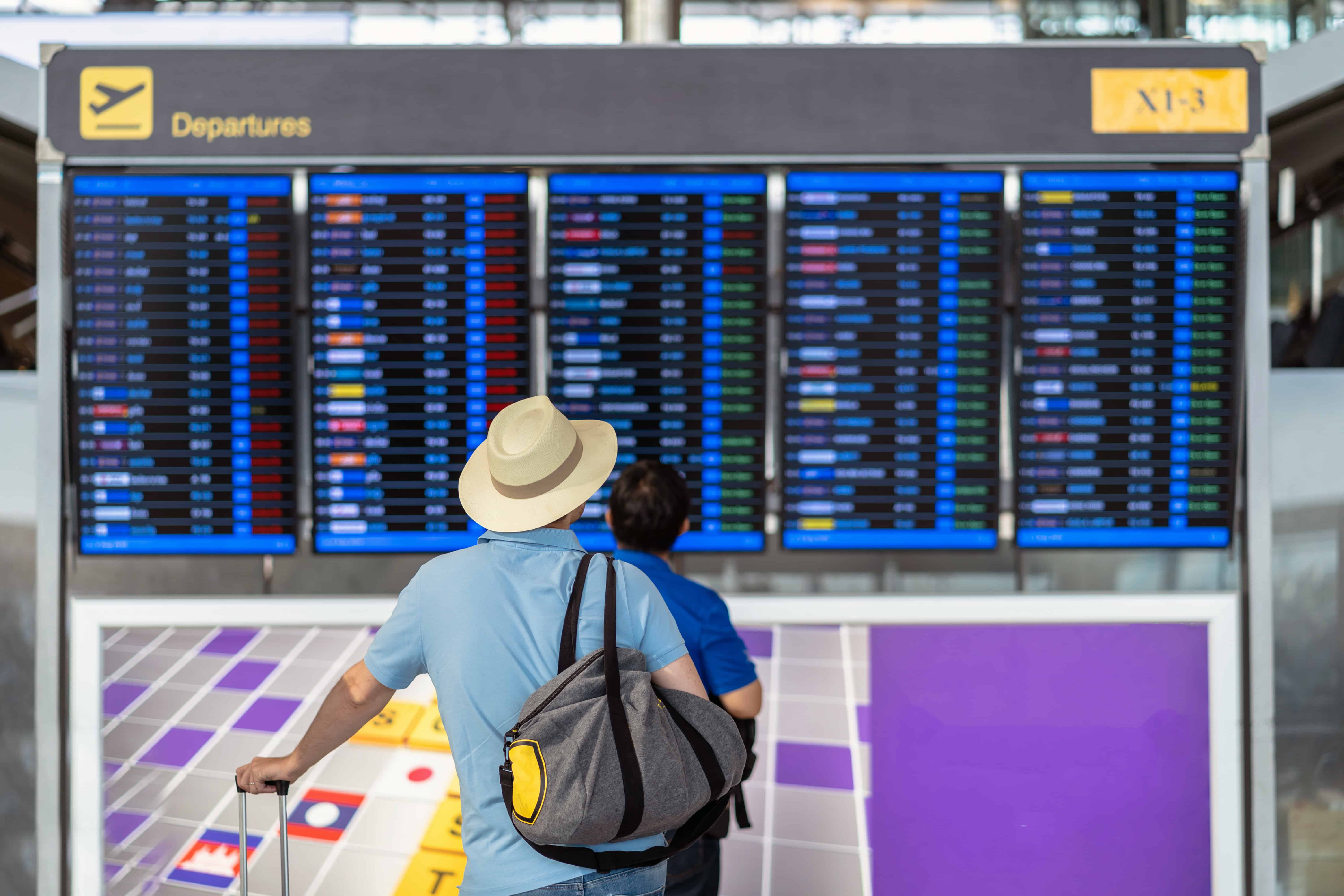
Debates over travel bans pit safety against dignity. Governments argue that tighter controls can buy time during crises and reduce immediate risk, while rights advocates stress that blanket rules often punish innocents and fray trust. Law allows narrow, necessary limits, yet practice can drift toward politics or fear. Precision matters. Targeted screening, clear due process, and hard end dates keep power in proportion. Lives, livelihoods, and legitimacy sit on the line, so the terms deserve careful light and steady accountability.
Rapid Risk Reduction During Outbreaks
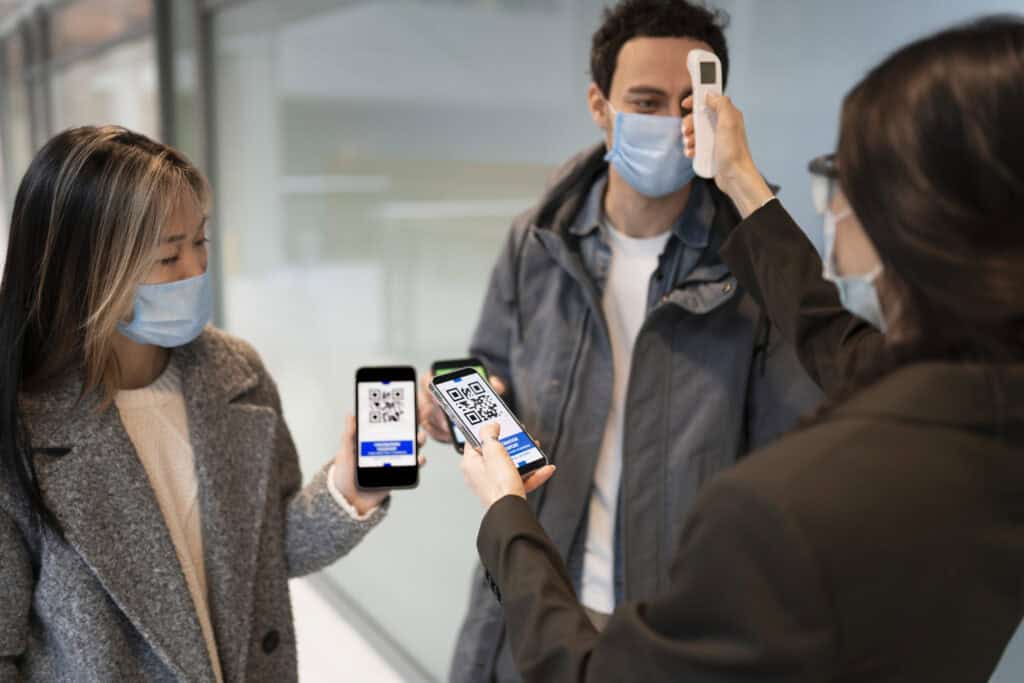
Supporters say temporary entry limits can slow the import of disease and create breathing room for hospitals. Early, short measures paired with testing and isolation may blunt initial waves while vaccination and domestic controls scale up. Clarity helps frontline workers apply rules without confusion. The value is tactical and time bound. When guidance is public, review dates are firm, and exemptions exist for humanitarian cases, health protection can coexist with a commitment to restart movement quickly.
Freedom Of Movement Is A Rights Baseline4
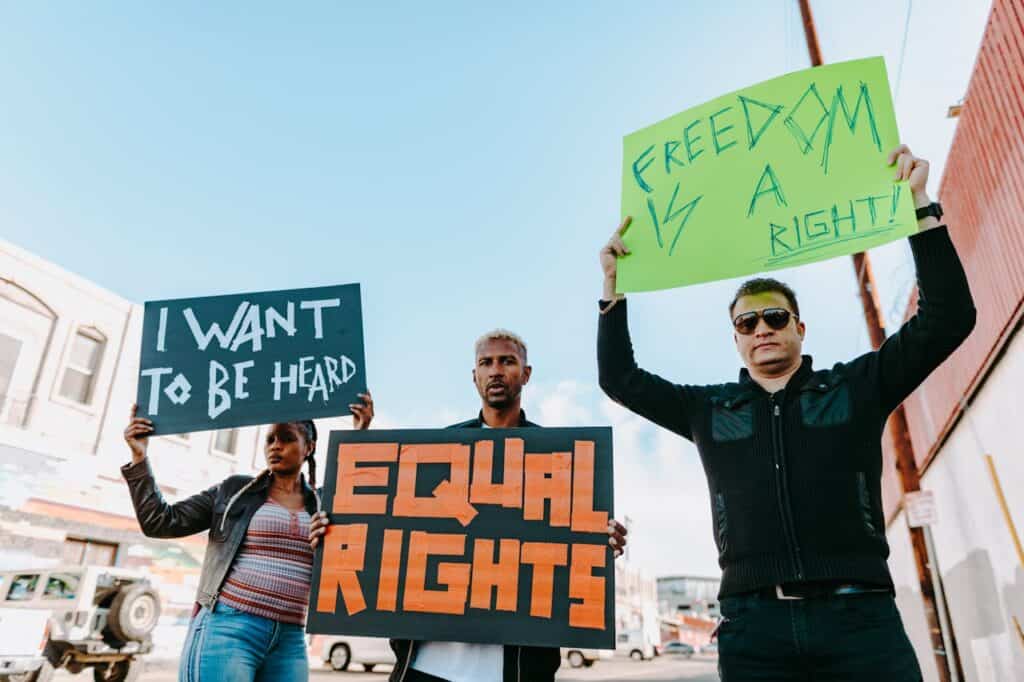
Freedom of movement is recognized in human rights frameworks, which require necessity, legality, and proportionality. Broad nationality rules stumble on those tests and can slide toward discrimination. Real safeguards include evidence based thresholds, independent review, and remedies when errors occur. Without them, restrictions outlast emergencies and erode legitimacy. Rights are built for hard days as much as calm ones. If limits must exist, they should be narrow, time limited, and transparent about both trigger and exit.
Short Term Security Gains Against Plots
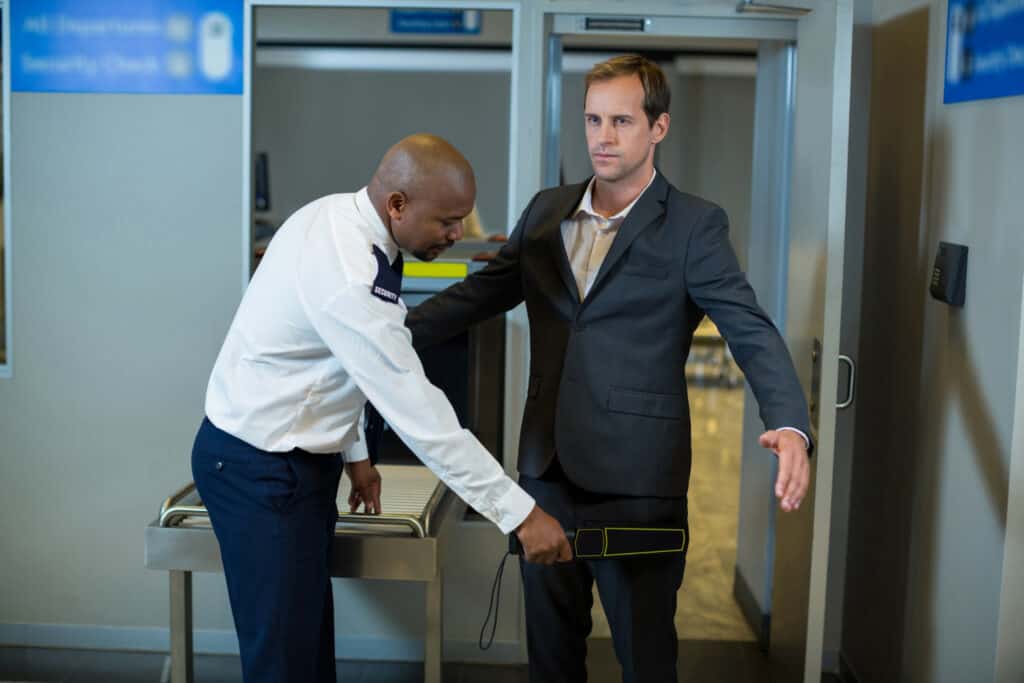
Advocates argue that slowing arrivals from specific threat zones can disrupt coordination, reduce opportunistic entries, and buy investigative time. The strongest case treats a pause as a bridge to better tools: sharper watchlists, stronger carrier compliance, and deeper intelligence sharing. Clear scope and sunsets prevent drift. When paired with targeted interviews and biometrics, temporary controls can raise the bar for actors seeking easy routes, while keeping ordinary travel ready to resume as the risk picture improves.
Discrimination Risks And Policy Creep
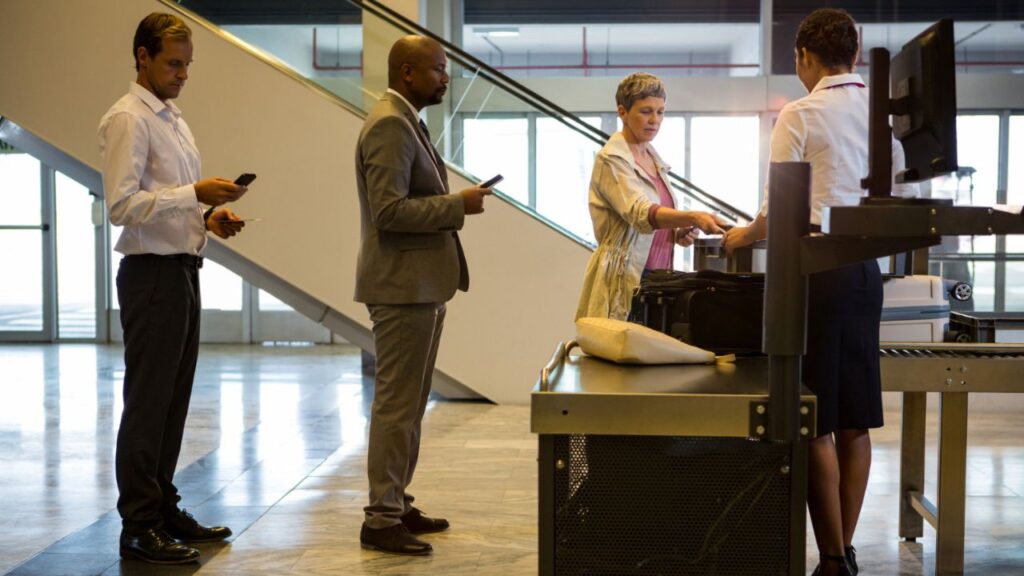
Nationality focused measures can stigmatize communities, chill legitimate travel, and invite copycat rules that persist after the trigger fades. Exceptional tools become routine once normalized. Mission creep arrives quietly through extensions and new categories. Guardrails matter: publish the data, allow court review, and set narrow criteria that expire unless renewed with evidence. If not, restrictions nudge societies toward unequal treatment and blunt the very cooperation that helps spot real threats early and fairly.
Administrative Clarity In Emergencies

During fast moving events, simple temporary rules can reduce frontline confusion and align airlines, consulates, and ports. Clear criteria for entry, defined exemptions, and unified messaging minimize loopholes while better systems spin up. The argument is practical, not moral. It hinges on checklists staff can execute and a calendar that forces reassessment. When agencies coordinate and timelines are public, operations stabilize, errors drop, and pressure eases without locking in measures beyond their useful life.
Heavy Economic And Social Costs
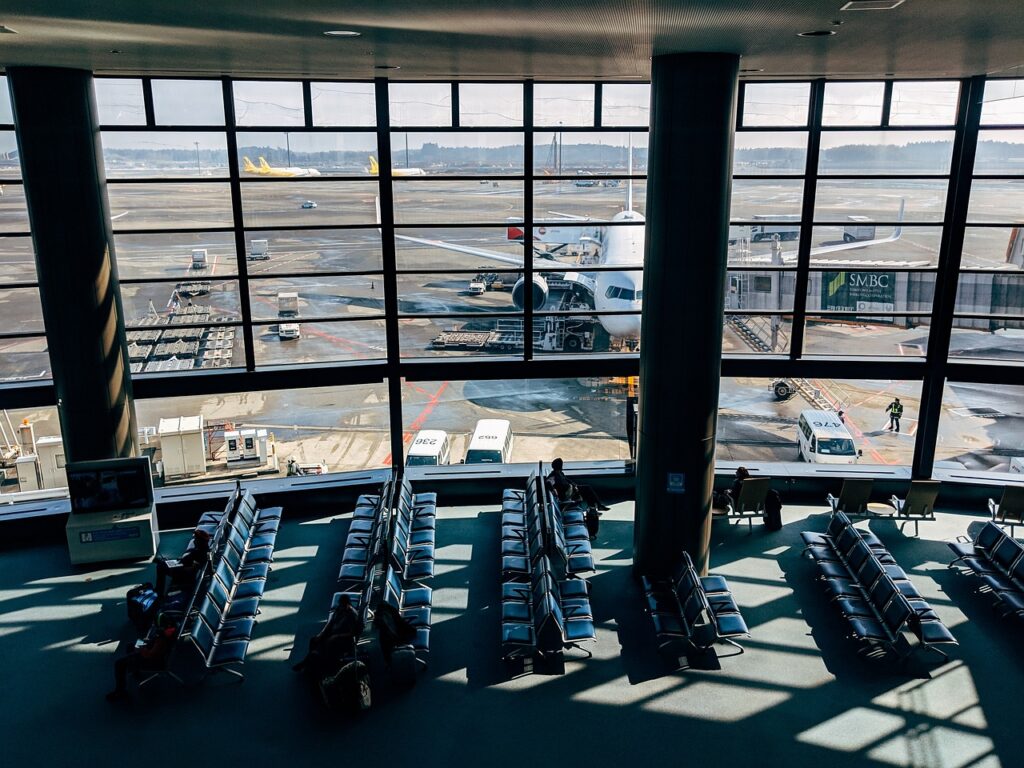
Travel limits ripple through tourism, education, and trade. Small businesses lose traffic, workers lose shifts, and family events slip past. Students delay programs, conferences vanish, and supply chains absorb friction that shows up in prices. Benefits must outweigh these costs, not merely sound decisive. Precision alternatives exist: targeted screening, vaccination proof, and risk based testing. When policy honors livelihoods alongside safety, communities recover faster and accept temporary inconvenience without long shadows or needless harm.
Time To Fix Gaps In Screening
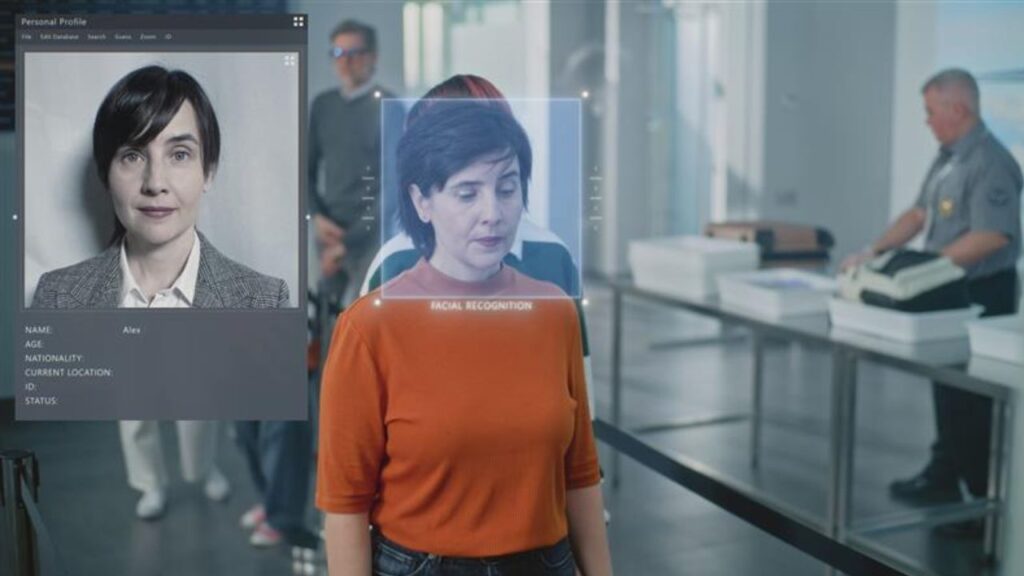
Pauses can create space to modernize border tools that lag daily reality. Agencies can align data feeds, close carrier loopholes, and deploy biometrics with audited safeguards. The point is measurable upgrade, not symbolism. Publish milestones, invite external testing, and retire the pause once benchmarks land. If screening becomes smarter and fairer during the window, future crises need less blunt force. Security gains then persist while movement resumes with more speed and fewer errors.
Blunt Tools Miss Real Risk
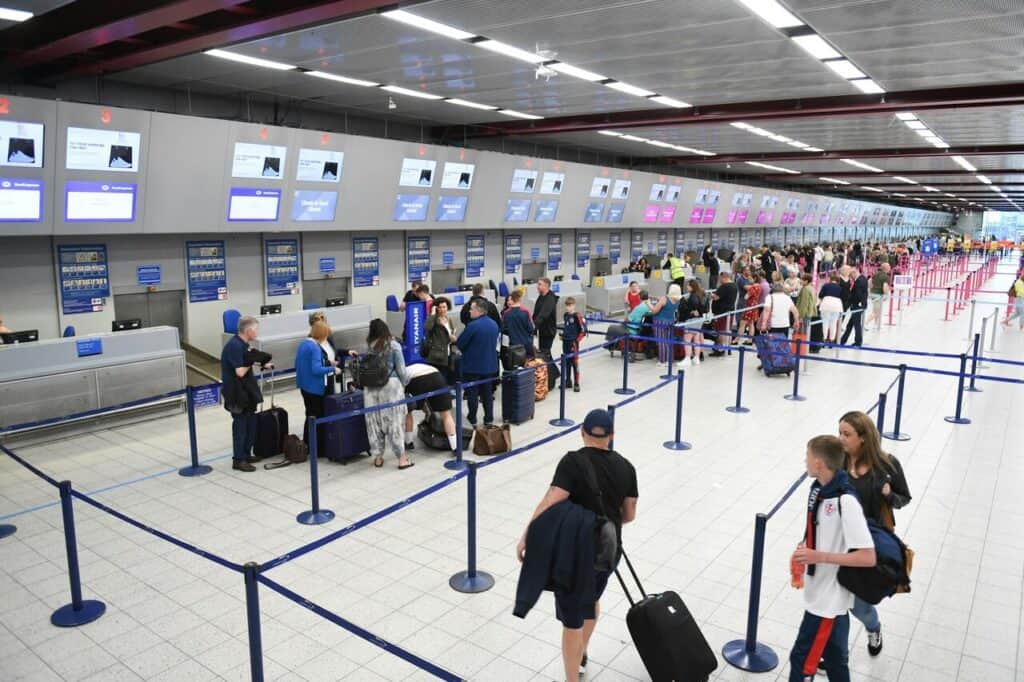
Threat often travels through individuals with clean paperwork or along routes that bans do not touch. Overbroad rules divert attention from targeted policing, community partnerships, and intelligence work that actually lowers risk. Humanitarian law also bars sending people back into danger, so rigid controls collide with protection duties. Smart security respects nuance because nuance is where risk hides. Investing in precision and due process outperforms blanket measures that look strong yet underdeliver.